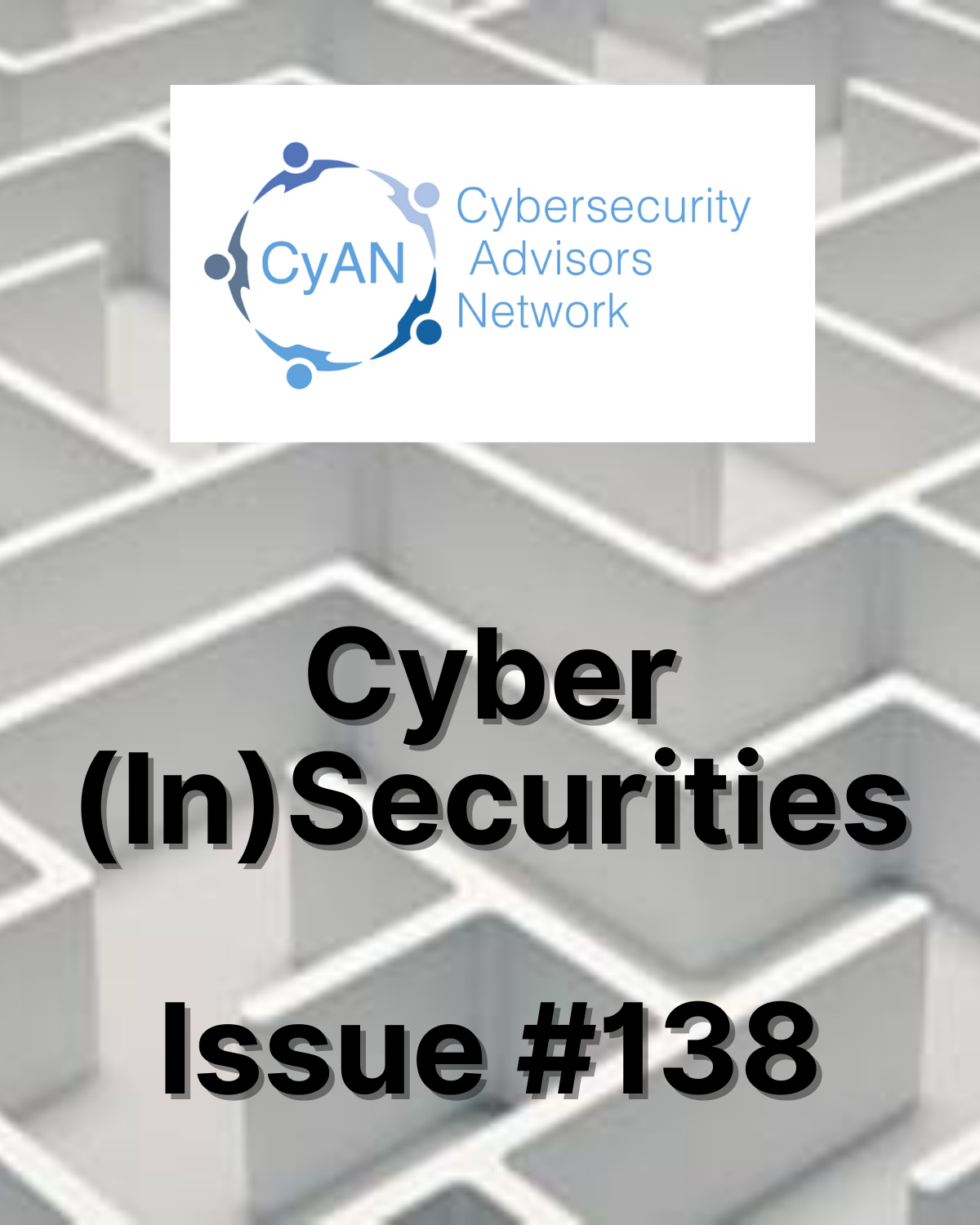Behind the Keys: Women Who Secure the Future – Edna Conway
📄 Download Feature PDF Want to connect? Here is Edna Conway’s professional profile. Feel free to say hello and show your support. 🔗 Connect on LinkedIn About the Author Saba Bagheri, PhD Cyber Threat Intelligence Manager at Bupa APAC Director at the Cybersecurity Advisors Network …









